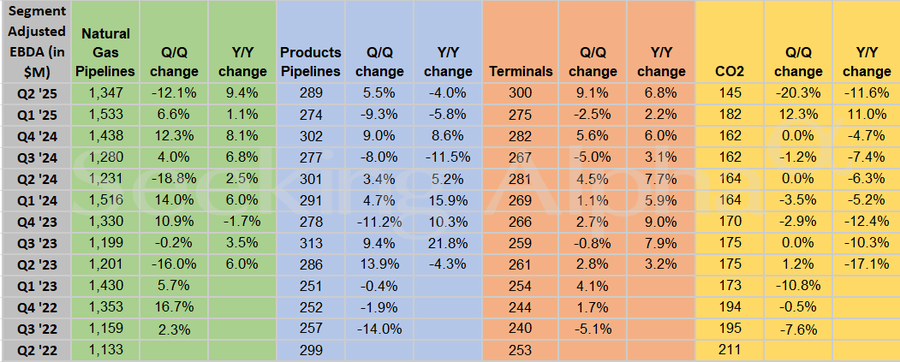Rs 100 Daily SIP for 30 Years vs Rs 500 Daily SIP for 15 Years: Mutual funds offer systematic investment plans (SIPs) of different durations, ranging from daily to yearly. An investor can opt for any one of them based on their earning cycle. They may also choose the SIP amount as per their income and investment capacity. Many SIPs start with as low an investment as Rs 100. But if you want to start a daily SIP today for the long term, which may help you generate a higher corpus—a Rs 100 daily SIP for 30 years or a Rs 500 daily SIP for 15 years? See calculations to know—
SIP durations at a glance
Mutual funds offer daily, weekly, monthly, quarterly, biannual, and annual SIPs to investors.
However, not all of them offer all these duration SIPs.
It may vary from mutual fund to mutual fund.
One can pick any SIP duration based on their income cycle.
Even if they start investing in all durations of SIPs and get a similar annualised return, they will get different corpus in each of them.
It's because the number of compoundings are different in different durations of SIPs.
Daily vs monthly vs yearly SIP investment return
When you start a daily SIP and invest for 365 days, you get as many compoundings a year.
Similarly, when you invest in a monthly SIP, you get 12 compoundings because you are investing 12 times a year.
If it is a yearly SIP, there will be one compounding a year as your investment is at the same frequency.
What does it actually mean?
How will it impact your investment returns?
Example of daily vs monthly vs yearly SIP investment
Take the example of Rs 147.94 daily SIP, Rs 4,500 monthly SIP, and Rs 54,000 yearly SIPs.
On a yearly basis, the total investment in each of them is the same, but let's see the corpus these SIPs can generate at a 12 per cent annualised return in 20 years.
| SIP duration | Total investment | Corpus in 20 years |
| Daily | ₹1,079,999 | ₹ 41,20,507.22 |
| Monthly | ₹1,080,000 | ₹ 41,39,358.10 |
| Yealry | ₹1,080,000 | ₹ 43,57,731.72 |
In the example, you can see that despite having the same investment and annualised return in either case, the corpus generated in all 3 cases is different.
Power of compounding
In the SIP of every duration, the power of compounding plays a key role in your investment's long-term growth.
The longer the SIP duration, the higher the corpus.
Let's take the example of an Rs 200 daily SIP at a 12 per cent annualised return.
See how it may grow in 10, 20, 30, and 40 years.
| SIP duration | Total investment | Corpus |
| 10 years | ₹730,000 | ₹ 13,56,680.22 |
| 20 years | ₹1,460,000 | ₹ 55,70,323.05 |
| 30 years | ₹2,190,000 | ₹ 1,86,57,258.09 |
| 40 years | ₹2,920,000 | ₹ 5,93,03,291.83 |
In the example, you can see that in the last 20 years of the investment, the corpus grew from Rs 55,70,323.05 to Rs 5,93,03,291.83, an over 10-fold growth.
It shows how compounding can reward a long-term investor and how, after investing for a few more years, one may achieve significant gains.
Rs 100 Daily SIP for 30 years vs Rs 500 daily SIP for 15 years
In the example, we will see which of the two investments can help us generate a higher corpus—a Rs 100 daily SIP for 30 years or a Rs 500 SIP for 15 years.
| SIP amount | Duration | Total investment | Corpus |
| Rs 100 daily | 30 years | ₹ 10,95,000 | ₹ 93,28,629.05 |
| Rs 500 daily | 15 years | ₹ 27,37,500 | ₹ 72,05,170.53 |
In the example, you can see that the investment in case of the Rs 500 daily SIP is nearly 3 times that of the Rs 100 daily SIP.
But the Rs 100 daily SIP investment is creating a Rs 21,23,458.52 higher corpus.
It's because 15 years of extra compounding helps a smaller amount grow faster compared to a higher investment amount for a shorter period.
(Disclaimer: This is not investment advice. Do your own due diligence or consult an expert for financial planning.)

 14 hours ago
1
14 hours ago
1













 English (US) ·
English (US) ·